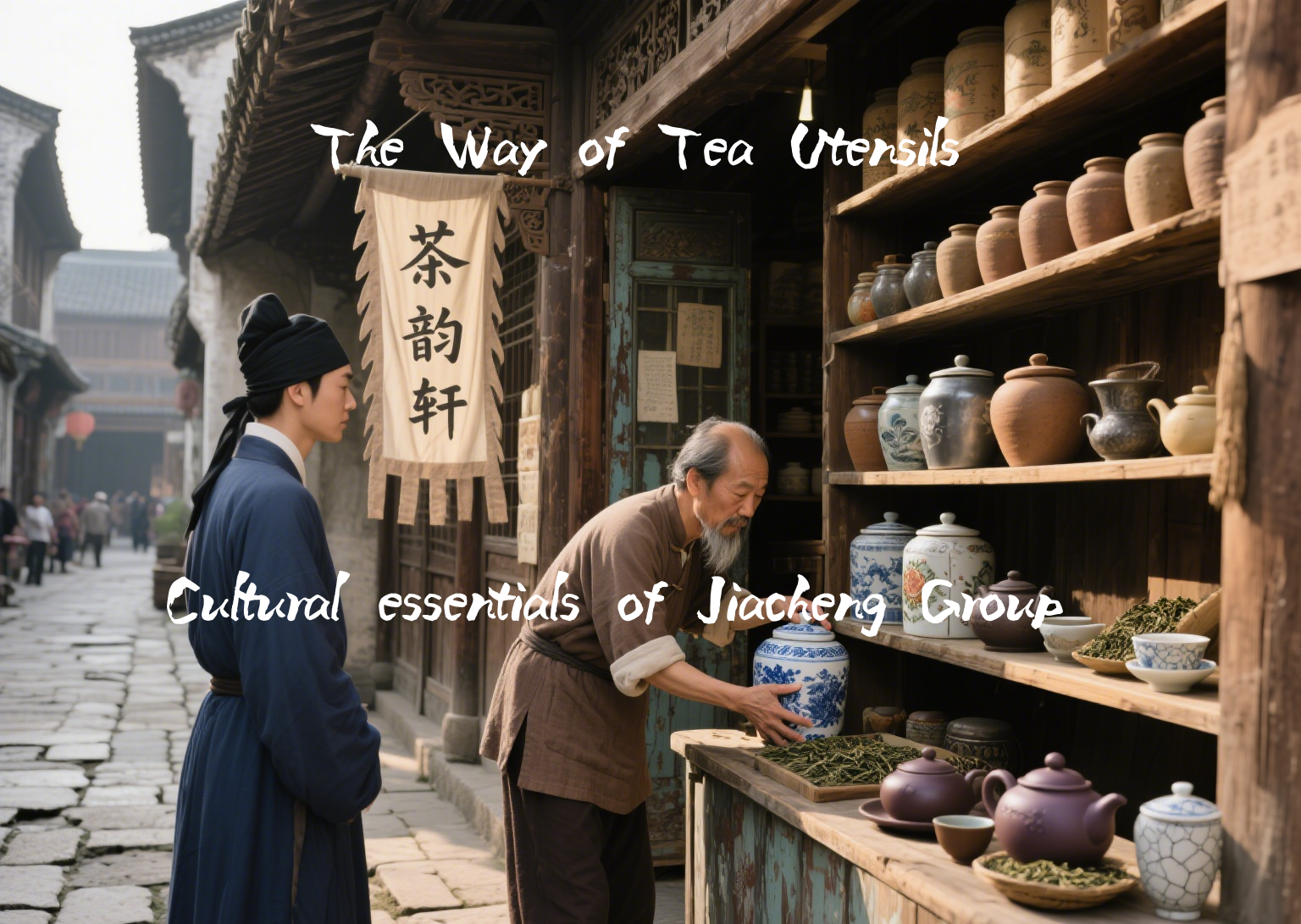The millennial veins of a leaf
Author:
Release time: 2025-07-21 21:58:38
View number: 10
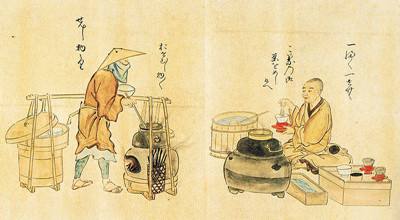
Tea, an evergreen shrub native to southwest China, with its unique fragrance and taste, has run through the veins of China's 5,000-year-old civilization. Starting from the legend that Shennong "encountered seventy-two poisons in a day and was cured by tea", this magical leaf has forged an indissoluble bond with human civilization, gradually evolving into a cultural symbol carrying a spiritual core in the flow of time.
Pre-Qin Period: The Emergence of Herbal Drinks
As early as the late Neolithic Age, ancestors in the Bashu region began to pick fresh leaves of wild tea trees for cooking and drinking. The record of "Jia, bitter tea" in Erya is the earliest known reference to tea in existing documents. At this time, tea was not a drink as we know it later, but more used as a medicinal or sacrificial item. It was cooked into a soup together with rice and vegetables, called "tea porridge". This primitive way of consumption retained the most authentic herbal nature of tea, like a sleeping seed waiting for the opportunity to wake up.
Wei and Jin Dynasties: The Sustenance of Literati Spirit
With the expansion of the unified territory in the Qin and Han dynasties, tea was introduced from Bashu to the Central Plains. During the prevalence of metaphysics in the Wei and Jin dynasties, literati and scholars used tea instead of wine, and used its bitter taste to show their transcendence of the secular world. Du Yu's Ode to Tea first completely depicted the scenes of picking and making tea. The lines "When it is first made, the froth floats like flowers, bright as snow, brilliant as spring blossoms" compared the foam on the surface of the tea soup to spring flowers, endowing the tea drink with aesthetic interest. At this time, tea had broken away from pure practical value and began to connect with the spiritual world of literati.
Tang and Song Dynasties: The Maturity of Tea Ceremony System
The Tang Dynasty was a turning point in the history of tea. The appearance of Lu Yu's The Classic of Tea marked the official establishment of the tea culture system. This world's first monograph on tea, from "Chapter One: Origin" to "Chapter Ten: Illustrations", systematically expounded on tea tree planting, tea production, utensil selection, and brewing methods, elevating tea from a skill to a life philosophy of "excellent conduct and frugality". The tea boiling method at this time emphasized the standard of tea selection as "the best grows in weathered stones, the middle in gravelly soil, and the worst in loess", pursued the heat control of "like fish eyes with a slight sound as the first boil", and the tea utensils were dominated by Yue kiln celadon and Xing kiln white porcelain, forming an elegant drinking system.
The Song Dynasty pushed tea culture to its peak. The popularity of the tea whisking technique made tea the core element of literati gatherings. Cai Xiang's Record of Tea and Emperor Huizong of Song's Treatise on Tea further refined the tea whisking skills, from grinding tea, sifting tea to waiting for water and whisking, with every step being 精益求精. The black hare's fur tea cup and the white tea foam formed a sharp contrast, and the "tea division" technique could even outline landscapes, flowers and birds on the surface of the tea soup, which can be called a flowing art. At this time, tea had been integrated into the etiquette system, becoming one of the "seven daily necessities", and penetrating into all social classes.
Ming and Qing Dynasties: Diversified Development of Secularization
In the Ming Dynasty, Zhu Yuanzhang stopped the production of dragon and phoenix tea cakes, promoting the popularization of loose tea brewing methods. Tea utensils became simple from complex. Purple clay teapots stood out for their characteristics of "neither taking away the fragrance nor having the smell of overcooked soup", and the Yixing purple clay craftsmanship flourished accordingly. Literati participated in the design of tea utensils, integrating poetry, calligraphy, painting and seals into pot art, making purple clay teapots a cultural carrier of "small pot, big world".
In the Qing Dynasty, tea house culture thrived. Beijing's big bowl tea, Yangzhou's Yechun Tea House, Chengdu's covered bowl tea, etc., each had regional characteristics. Tea moved from elegant rooms to the market, becoming a social medium for connecting emotions. At the same time, the prosperity of tea trade made Chinese tea exported overseas, playing an important role in cultural exchanges between the East and the West, and a single leaf drove a global trade network.
Conclusion: The Everlasting Cultural Gene
From mountain herbs to cultural totems, the history of tea is a history of Chinese life aesthetics. It carries the life wisdom of "harmony without uniformity" and contains the philosophical thought of "harmony between man and nature". In the process of brewing, it conveys respect for nature and love for life. Today's tea, while inheriting the elegance of the Tang and Song dynasties, has integrated into the rhythm of modern life, and is continuing to write the endless cultural chapter of thousands of years in a new posture.
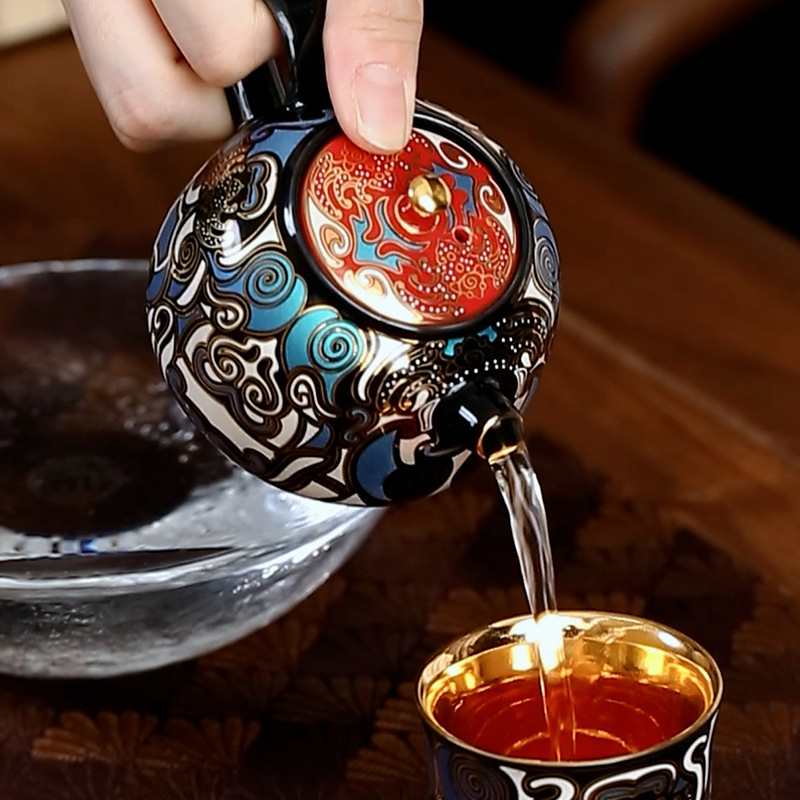
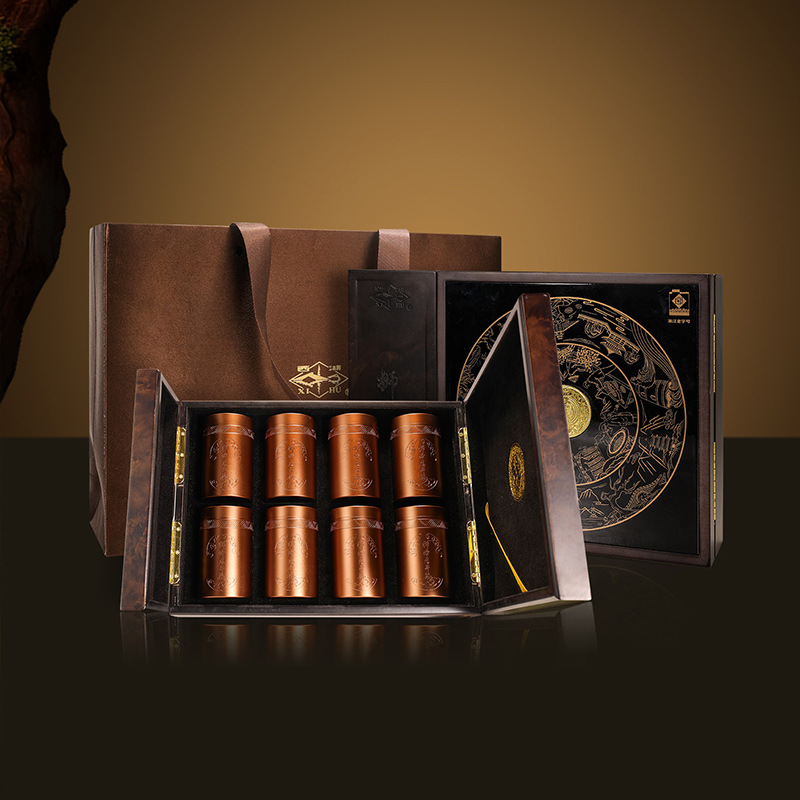
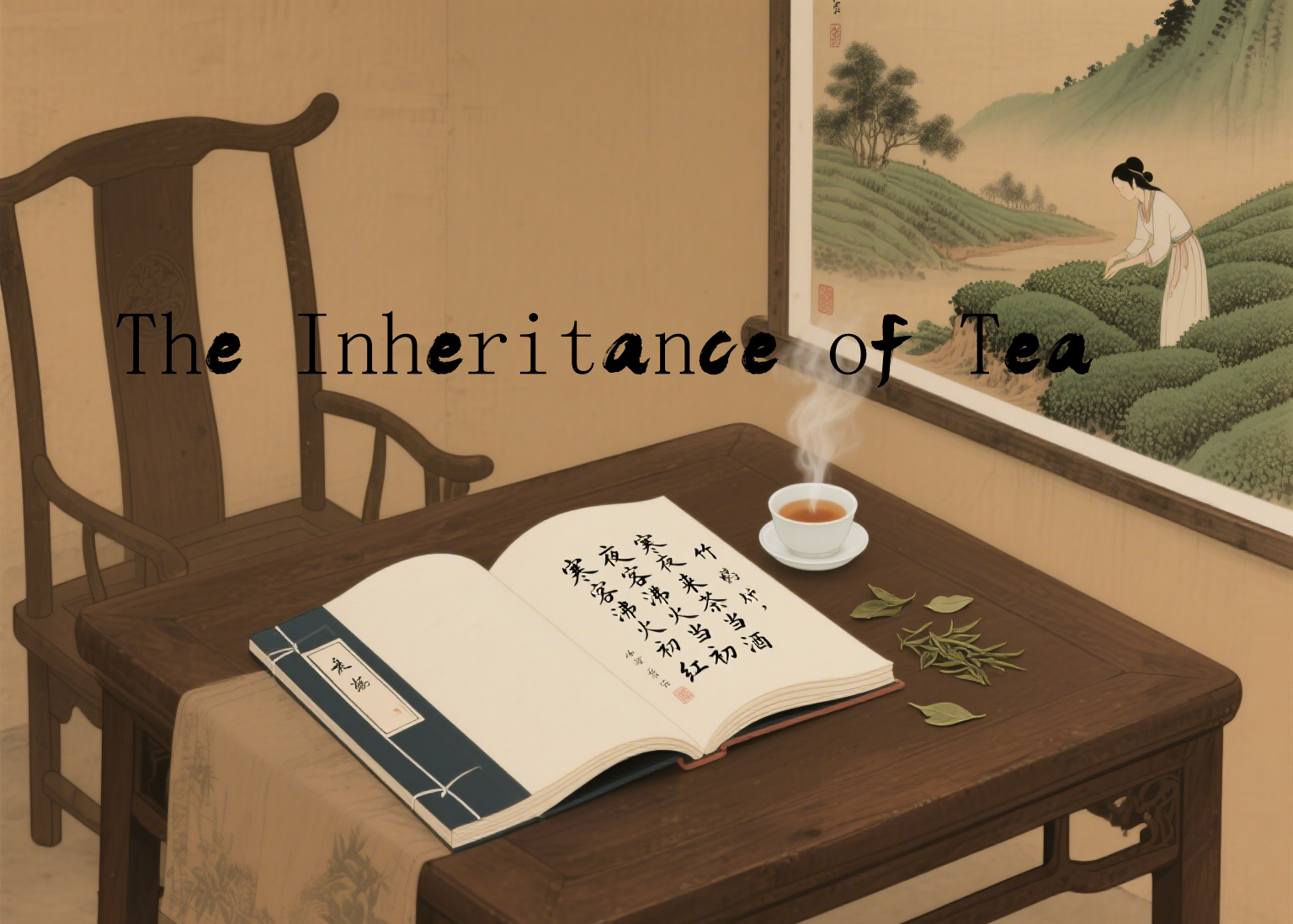
_副本.png)
